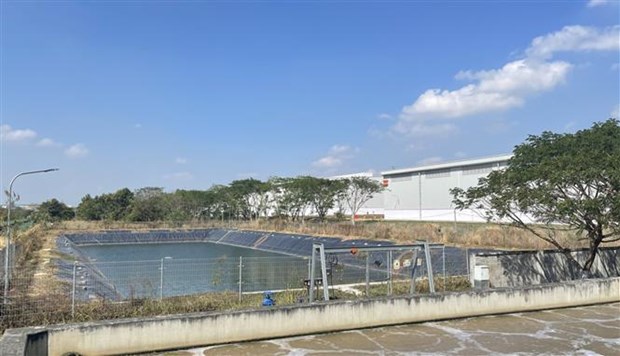 Environment
Environment

 |
| A wastewater treatment project in Bình Dương Province. — VNA/VNS Illustrative Photo |
WASHINGTON — The World Bank Board of Directors has recently approved a water improvement project worth over US$300 million in the southern province of Bình Dương.
The initiative is set to significantly improve water quality and wastewater treatment for over half a million residents in southern Việt Nam.
"Across Việt Nam, challenges like untreated wastewater and inadequate drainage harm health and risk reducing GDP by 3.5 per cent annually by 2035,” said Carolyn Turk, World Bank Country Director for Việt Nam. “This project is an important step in creating a cleaner, healthier environment in Binh Duong Province, contributing to sustainable growth and development.”
The project, with total investment reaching US$311 million (of which, $231 million is financed by the World Bank and $80 million coming the Vietnamese Government's budget), is designed to transform wastewater management in Thuận An, Dĩ An, and Tân Uyên cities of Bình Dương Province, covering an area of more than 33,000ha, with a total population of around 1.4 million.
Currently, these areas have limited sewage collection and treatment capabilities, with coverage critically low. The investment will substantially expand these services, directly benefiting approximately 550,000 residents by 2032.
The project will increase wastewater services from under 10 per cent to 32 per cent in Tân Uyên City, and from 17-19 per cent to 45 per cent in Thuận An and Dĩ An Cities. This targeted improvement in high-density urban areas is crucial for reducing pollution in the Sài Gòn and Đồng Nai river systems.
The engineering designs incorporate future climate scenarios, ensuring that the infrastructure is resilient and sustainable in the long term. This includes selecting technical solutions that are energy-efficient and reduce greenhouse gas emissions. Furthermore, the project integrates principles of the circular economy, which means it focuses on resource efficiency and sustainability. For instance, the use of LED lighting and solar panels will reduce energy consumption, while the innovative reuse of treated sludge and wastewater will contribute to a more sustainable management of resources. VNS




